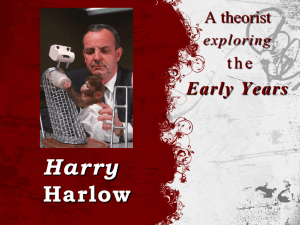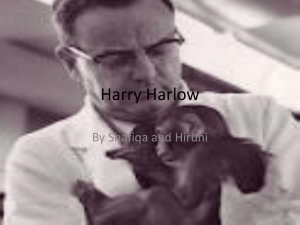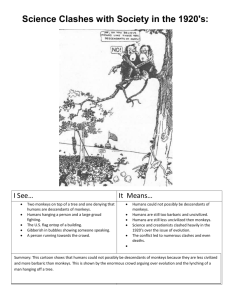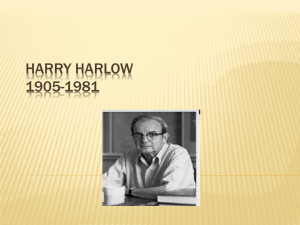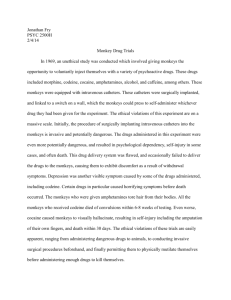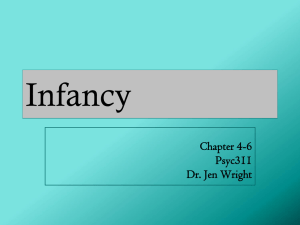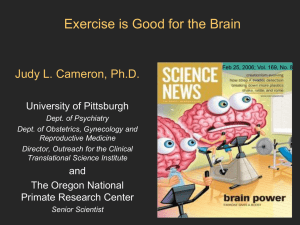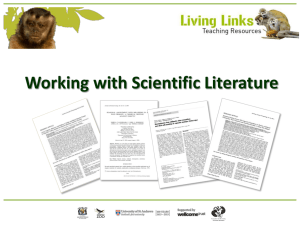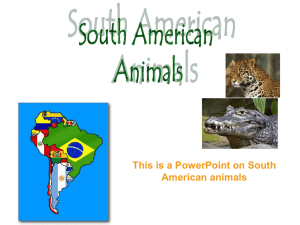Discovering Love
advertisement
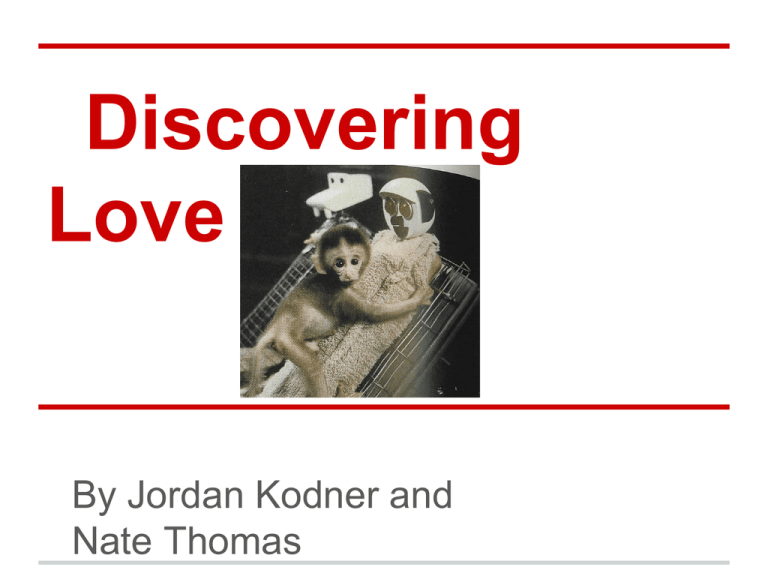
Discovering Love By Jordan Kodner and Nate Thomas Theory • Primary Needs o • • o Food, Water, Air, etc. LOVE Contact Comfort o Pleasure from close physical contact Previous Beliefs o mother (feeder of the child) source for protection and comfort feeder became primary source for love Background • H. F. Harlow (1958). o • • o Developmental psychologist. Used Rhesus monkeys for ethical reasons Behaviorists o mothers fulfill hunger/thirst and avoidance of pain Love o o Caused from association of mother with pleasurable event As important or more than other primary traits. Theoretical Proposition • • Previous studies monkeys raised by humans o Better chance of survival Monkeys became attached to cloth pads Started after one day. o Without pads monkeys would thrive poorly. o • Harlow theorized Infant monkeys needed softness along with basic needs Method • • • • Built Artificial Mothers o Wire Mother o Cloth Mother Equal except for contact comfort Monkeys randomly assigned. Wire Mother provided milk. Cloth Mother had a nursing bottle for milk. o This was to separate influence from nursing and influence of contact comfort. Method Cont. • • • Harlow want to see how monkey responded to fearful situations. Open Field Test o room had either cloth mother, no mother, or wire mother. o Studied tendency of monkeys to adapt and explore with and without mother. Also wanted to test if attachment to mother would last over time. o after six months they were separated and reunited in Open Field Situations. Results • • • Monkeys preferred cloth mother o Biological needs had no impact on monkey’s choice of a mother. Contact comfort played the biggest role. o • Strength of preference was surprising All monkeys spent most of the time with the cloth mother Infants raised by wire mother became stressed. Results Cont. • • The Open Field Test also showed infant’s attachment to cloth mother. o When frightened infants would go to cloth mother. o When with wire mother and without either mother, monkeys would act fearful. When reunited with cloth mother monkeys would play with the mother. o Last about 3 minutes and then the monkeys would explore. Discussion • Importance of contact comfort o o Development of attachment between infant and mother More important than mother’s ability to give milk to infant Change in psychology Disproved popular beliefs at the time • Direct correlation between the feeding of the child and the connection to the feeder Discussion Cont. • “There is little question that Harlow believed that his results could be applied to humans” o Socioeconomic demand for increase in women working People feared leaving their baby without a mother • • Worried that it would ruin the child’s ability for attachment Proved that anyone could give contact comfort Criticisms and Significance • Criticisms o • o Comparing human attachment process to monkeys Unethical to test on infant monkeys Significance o o o Influenced care provided for those in Orphanages and Hospitals Encouragement for nonmaternal caregivers Provides further understanding in child abuse. How an abused child is still attached to abusive parent Recent Applications • Cacioppo & Hawkley, 2003 o • o Feldman & Eidelman, 1998 o o • Examined connection between social isolation and physical health in adults Adults lacking social contact had poorer health. Examined how skin-to-skin connection is important in survival and development of premature infants. Hospital caring must balance touch with other protections to ensure a premature baby's safety. Psychotherapeutic o Touch has become a central role in counseling Conclusions • Feeder = Primary love giver Father, Grandparent, Nany all possible candidates for the child's 'safety blanket' o Mothers working does not affect child's ability to attach o Videos http://www.youtube.com/watch?v=KlfOecrr6kI http://www.youtube.com/watch?v=OrNBEhzjg8I &feature=endscreen
